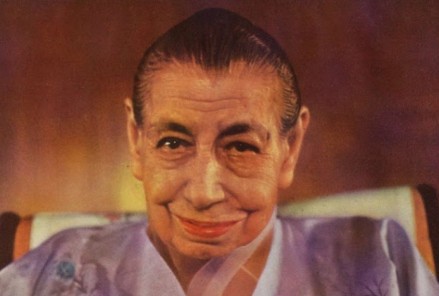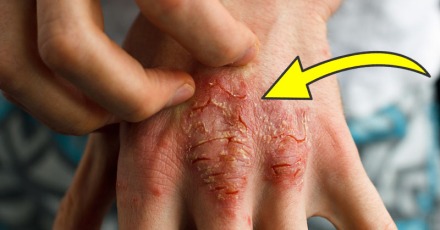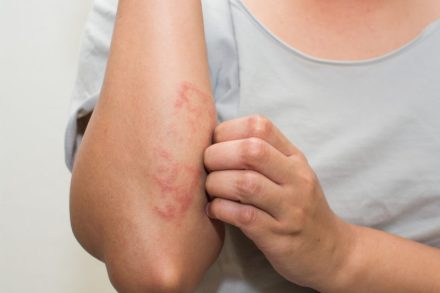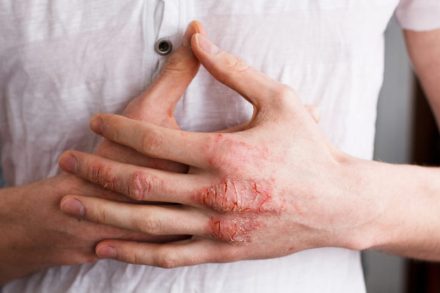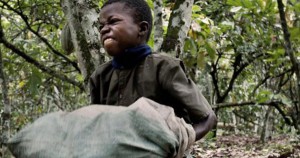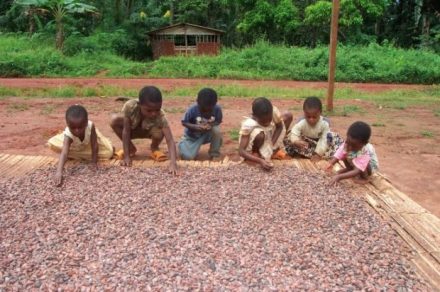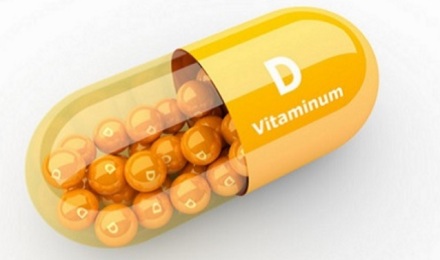Eczema is part of a group of skin disorders, that cause dryness, inflammation, scaling and redness of the skin.
It affects children and infants, but with adults only 2-4% will have it. When the skin’s barrier is dried out and weakened, sensitivity and irritation ensue.
Here are the symptoms of acute/chronic eczema:
- Blisters
- Inflamed skin
- Itchiness
- Peeling, flaky skin
- Burning from exposed, irritated skin
- Cracked, cut skin from severe dryness
- Changes in skin texture and color
Root causes of Eczema
There are skin creams and ointments that are widely used to treat the several symptoms of eczema. Addressing eczema at its root would do you better in treating it, than just treating the symptoms only. That would help you retain control over the skin condition.
Here are 8 root causes of Eczema:
1. Genetic Factors
Our genetics can play a huge role in the development of eczema. The reason for that, is from a mutated gene. One mutation reduces the level of filaggrin, a protein that keeps the corneal layer of the skin protected.
2. Reduced Serum Production
When your skin is really dry, it is from low oil production. Genetics and changes within your immune system, contribute to reduced serum production.
3. Low Immune Function
When your immune system is weakened, it will contribute to inflammation of the skin. It does this in responding to the bacteria and yeasts that live on your skin. It’s directly caused by autoimmune disorders, medications, nutrient deficiencies, untreated infections or from an unhealthy gut.
4. Allergies
You could have allergies to specific foods, soaps, perfumes, harsh toxins and even certain chemicals. When we have an allergic reaction, our body sends out many antibodies and stimulates an immune response that is harmful.
5. Toxicity
Toxicity can be caused by long-term exposure to pollutants, and smoking, as it all builds up toxins within your skin and body. The long-term usage of antibiotics can cause the weakening of the immune system, resulting in toxicity.
6. Climate
Eczema sufferers usually are from developing countries or cold climates, due to dryness and the cold air. A poor diet and living in highly polluted areas can be contributing factors to this skin condition.
7. Formula
It is being found that feeding your children formula can increase their risk of developing eczema. Other research is finding that babies who are breast-fed are better protected from allergies that harm the immune system.
8. Vaccines
Scientists are trying to find out if vaccines are contributing to eczema. Even though there is no evidence to support that, it is fact that eczema is becoming more common with the rise in vaccination.
How To Help Your Eczema
• Don’t scratch or peel dry skin. This can cause open cracks or wounds that allow bacteria to get in.
• Take a closer look at the food you’re eating, as well as your skin care products and household products. You may be allergic to something you come in contact with often.
• Eat a healthy diet full of anti-inflammatory foods that boost immunity.
• Make your own eczema cream with natural ingredients to help soothe your skin.
Source:organicandhealthy.org

